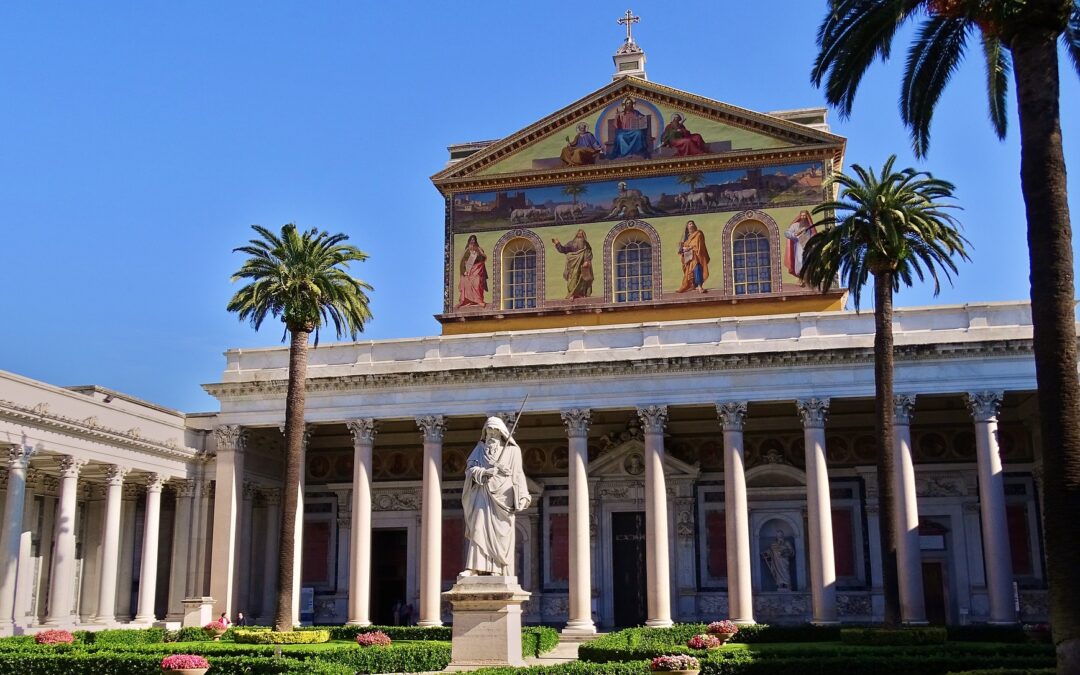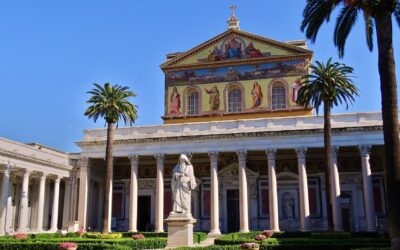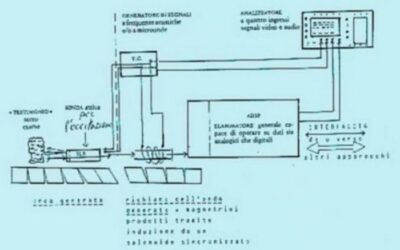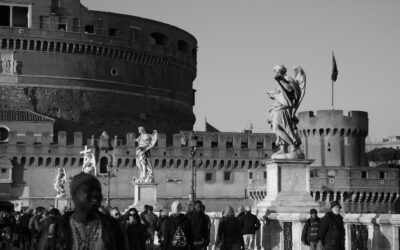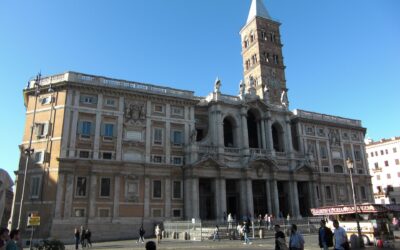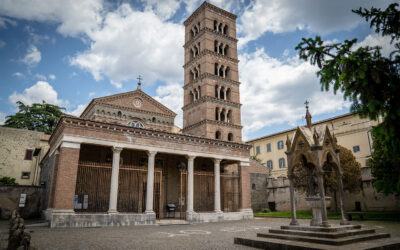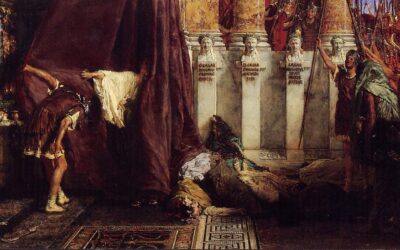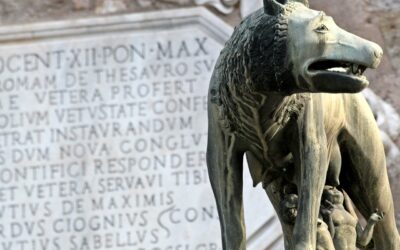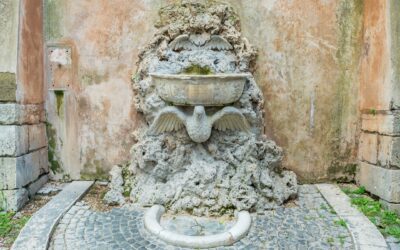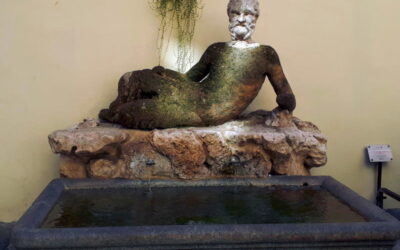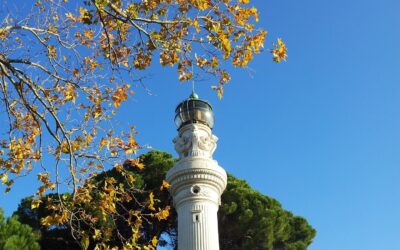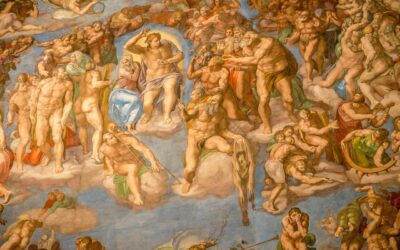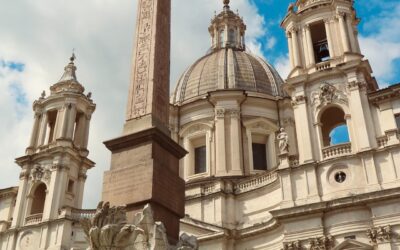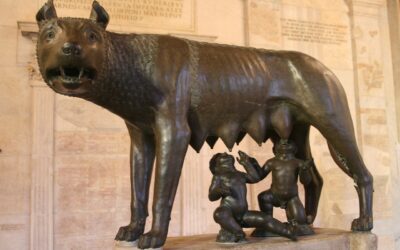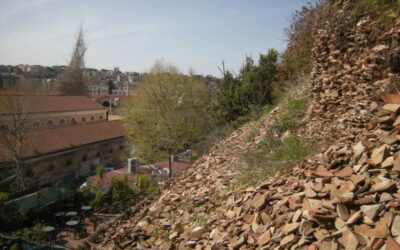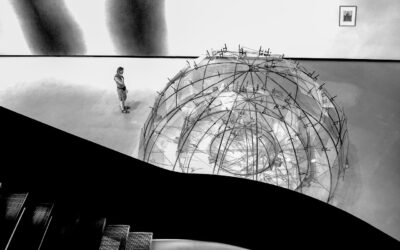The Pyramid of Cestius, also known as Piramide Cestia, is a remarkable ancient monument located in the city of Rome, Italy. Standing at around 37 meters in height, this pyramid has a unique place in history and architecture. Let’s delve into its fascinating story.The Pyramid of Cestius was constructed during the first century BC, around 18-12 BC, as a tomb for Gaius Cestius, a Roman magistrate and member of the religious corporation known as the Epulones. This pyramid was built during a time when Rome was heavily influenced by Egyptian culture, art, and architecture.The design of the Pyramid of Cestius draws heavily from the Egyptian pyramids, showcasing the prominent role that Egyptian civilization played in the Roman Empire. It is a testament to the admiration and fascination that the Romans had for the ancient Egyptian civilization. However, unlike the grand pyramids of Egypt, the Pyramid of Cestius was relatively modest in size.Constructed using brick and covered with white marble, the pyramid stands on a square base and has a sloping triangular face on each side. The exterior facade of the pyramid originally featured beautiful frescoes, but these have not survived the test of time.The construction of the pyramid near the bustling city of Rome served as a prominent marker of the growing cosmopolitan nature of the city and its embrace of diverse cultures and influences. It also reflects the changing funerary practices of the time, as the traditional Roman custom was cremation rather than burial. The construction of a pyramid-shaped tomb was an extraordinary departure from the norm and symbolized the social status and wealth of the deceased.The Pyramid of Cestius remained relatively intact over the centuries, serving as a prominent landmark in the city. However, with the decline of the Roman Empire and the rise of Christianity, the pyramid’s significance diminished, and it gradually fell into obscurity.During the medieval period, the pyramid was incorporated into the city’s fortifications, and a section of the Aurelian Walls was built around it. This integration helped preserve the pyramid, as it became an integral part of the city’s defense system.In the 17th century, interest in the ancient world was reignited, and the Pyramid of Cestius attracted the attention of scholars and architects. Numerous artists and travelers documented the pyramid, providing valuable insights into its history and architectural features.The pyramid’s true importance was further recognized during the excavations carried out in the 19th century. The inner chambers of the pyramid were discovered, revealing the burial chamber and the remains of Gaius Cestius. Alongside the skeletal remains, a funerary inscription was found, identifying the individual buried within.In the early 20th century, the pyramid underwent significant restoration work to preserve its structural integrity and restore its original appearance. The marble exterior was cleaned, and missing sections were reconstructed. Today, the Pyramid of Cestius stands as a prominent symbol of ancient Rome’s admiration for Egyptian culture and serves as a poignant reminder of the city’s rich history.Furthermore, the pyramid’s location near the Protestant Cemetery adds to its allure. The cemetery became the final resting place for many notable figures, including the English poets John Keats and Percy Bysshe Shelley. The juxtaposition of the pyramid with the adjacent burial ground adds a unique character to the area, making it a significant attraction for visitors.In conclusion, the Pyramid of Cestius is a fascinating architectural gem in the heart of Rome. Its construction during the first century BC reflects the cultural exchange between the Roman Empire and ancient Egypt. Over the centuries, the pyramid has weathered the test of time, standing as a symbol of Rome’s historical and cultural tapestry. Today, it continues to captivate visitors from around the world, offering a glimpse into the ancient world and its lasting impact on contemporary society.

Unveiling the Epic Saga of Spartacus: Gladiator, Leader, Legend
Spartacus: The Gladiator Who defied roman might Spartacus, a name that reverberates through the corridors of time, transcends the realm of a mere gladiator. He embodies defiance, leadership, and legendary status that has enthralled countless generations. In this...



